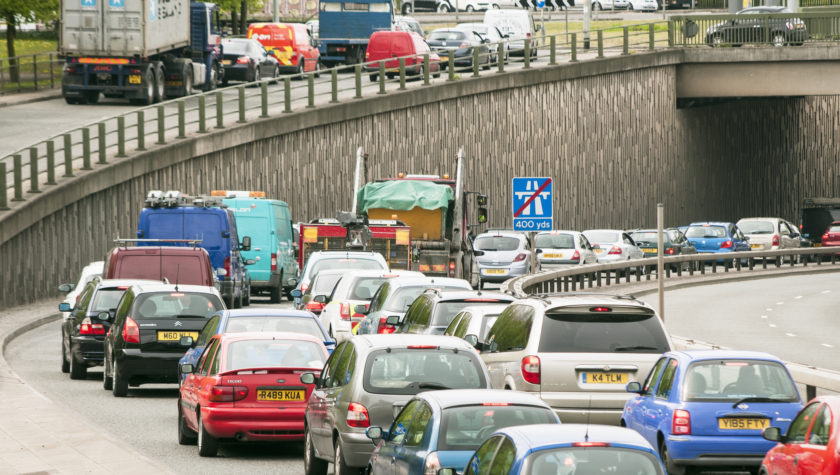New figures show that road congestion cost the UK economy £8billion last year – highlighting the need for local solutions to tackle the issue, as recommended in the UK’s first-ever National Infrastructure Assessment.
The study by transport data firm Inrix shows that the average road user in London lost up to £1,680 last year due to jams, followed by Edinburgh, whose average road user lost £1,219; Manchester, whose average road user lost £1,157; and Leicester, whose average road user lost £1,145.
London is also named as the sixth most congested city in the world, once population is taken into account.
The new figures follow proposals in the National Infrastructure Assessment for funding and powers to be devolved to city leaders, so they can develop long-term strategies to improve local transport while also delivering new homes and job opportunities.
The National Infrastructure Commission is planning a series of events across the country, so city leaders can come together to share knowledge and expertise. The Commission is also working with five ‘case study’ cities – the Liverpool City Region, West Yorkshire Combined Authority including Leeds and Bradford, Derby, Basildon and Exeter – as they develop their long-term strategies.
Commenting on the latest figures, a spokesperson for the National Infrastructure Commission said:
“Today’s figures clearly show the considerable impact that traffic congestion can have on local areas, and on the UK economy as a whole – but the solution needs to be found in City Halls, not Whitehall.
“Our National Infrastructure Assessment – the first of its kind for the UK – includes recommendations to give city leaders new powers and £43billion additional funding between now and 2040 to develop and implement long-term strategies to tackle the issue, while also delivering job opportunities and much-needed new homes.”
Notes to Editors:
Details of the recommendations from the National Infrastructure Assessment can be found here




